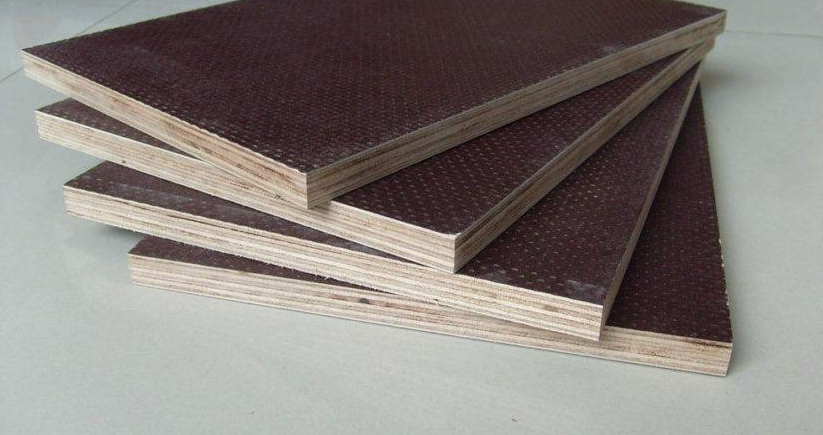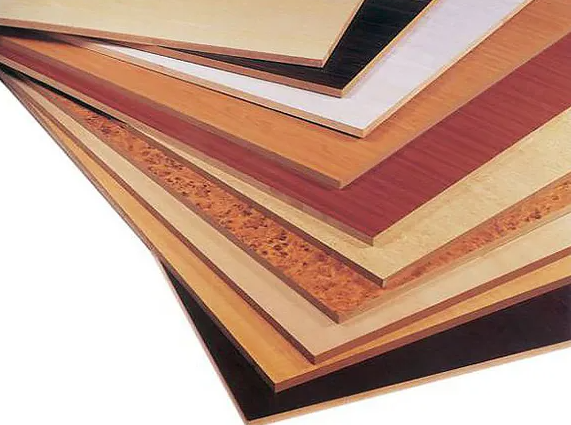Leading Film Faced Plywood Manufacturing

Leading Film Faced Plywood Manufacturing

If you’re looking for a versatile and stylish wood product, fancy MDF may be the solution you need. MDF stands for medium-density fiberboard, and it’s an engineered wood product that’s made by combining wood fibers with a resin binder. The result is a strong, dense board that’s more uniform and consistent than natural wood.
Fancy MDF takes this basic product to the next level by adding a decorative veneer to the surface. This can be a natural veneer made from real wood, or an engineered veneer that mimics the look of wood or other materials. The result is a beautiful, high-quality board that’s perfect for a wide range of applications, from furniture and cabinetry to decorative wall panels and more. With its smooth, uniform surface and wide range of decorative options, fancy MDF is a popular choice for designers, architects, and DIY enthusiasts alike.

Fancy MDF is an engineered wood product that is made up of a medium-density fiberboard (MDF) core with a thin layer of natural or engineered veneer on the surface. The core of the MDF is made by compressing wood fibers with a resin binder at high pressure and temperature. The veneer layer is then attached to the surface of the MDF core using a special adhesive. The veneer layer can be made from a wide variety of wood species, including oak, maple, cherry, and walnut, among others.
Fancy MDF is known for its smooth and uniform surface, which makes it an ideal material for painting, staining, or laminating. The veneer layer on top of the MDF core gives it the appearance of solid wood, but at a much lower cost. Fancy MDF is also available in a variety of thicknesses, ranging from 2.5mm to 25mm, making it suitable for a wide range of applications.
The manufacturing process of fancy MDF involves several steps. First, the wood fibers are mixed with a resin binder and other additives, such as paraffin wax, to improve the properties of the MDF. The mixture is then compressed under high pressure and temperature to form a solid panel.
After the MDF panel is formed, a thin layer of natural or engineered veneer is attached to the surface using a special adhesive. The veneer layer is then sanded and finished to give it a smooth and uniform surface. The finished panel is then cut to the desired size and thickness.
Fancy MDF is a versatile and cost-effective material that is widely used in the furniture, cabinetry, and interior design industries. Its smooth and uniform surface, combined with the appearance of solid wood, make it an attractive option for a wide range of applications.

When it comes to MDF board design, the possibilities are endless. Fancy MDF boards can be customized to fit any design aesthetic, from traditional to modern. In this section, we will explore the various design and aesthetic options available for fancy MDF boards.
One of the most significant advantages of MDF is its versatility in surface finishes. Fancy MDF boards can be finished with a range of coatings, including veneers, laminates, and paints. Veneers can be made from a variety of woods, including oak, maple, and cherry, giving the board a natural wood look. Laminates come in a range of colors and patterns, making them ideal for modern designs. Paints can be applied in any color, allowing for maximum customization.
Fancy MDF boards can also be customized with a range of patterns and textures. Patterns can be created using CNC routers, allowing for intricate and detailed designs. Textures can be added to the surface of the board, giving it a three-dimensional look. Some common patterns and textures include geometric shapes, floral motifs, and abstract designs.
In conclusion, fancy MDF boards offer a wide range of design and aesthetic options. With its versatility in surface finishes and patterns, MDF is an ideal choice for interior design and furniture manufacturing.
Medium-density fibreboard (MDF) is a versatile material used in a wide range of applications. Here are some of the most common uses of fancy MDF:
MDF is a popular choice for furniture manufacturers because it is affordable and easy to work with. It can be used to create a wide range of furniture pieces, including tables, chairs, cabinets, and more. MDF is also a great choice for furniture that requires intricate designs or curved shapes, as it can be easily cut and shaped to fit any design.
MDF is a popular material in interior design because it can be painted or veneered to look like other materials, such as wood or stone. This makes it a great choice for creating decorative wall panels, mouldings, and trim. MDF can also be used to create custom-built furniture pieces that match the style of a room.
MDF is also widely used in commercial settings, such as offices, retail stores, and restaurants. It can be used to create display cases, shelving units, and other commercial fixtures. MDF is also a popular choice for temporary installations, such as trade show booths or pop-up shops, because it is lightweight and easy to move.
Overall, fancy MDF is a versatile material that can be used in a wide range of applications. Whether you are a furniture maker, interior designer, or commercial contractor, MDF is a great choice for your next project.
Fancy MDF panels are an excellent way to add a touch of elegance and sophistication to your home or office. Installing these panels is relatively easy, and you can do it yourself with some basic tools and a little bit of patience. Before you begin, make sure you have all the necessary tools and materials, including a measuring tape, a level, a saw, a drill, screws, and panel adhesive.
To install the panels, start by measuring the area where you want to install them. Then, use a level to mark the top and bottom lines where the panels will be installed. Next, cut the panels to the correct size using a saw, and attach them to the wall using screws or panel adhesive. Make sure the panels are level and evenly spaced, and use a level to ensure they are straight.
Maintaining your fancy MDF panels is relatively simple and requires minimal effort. To keep them looking their best, wipe them down regularly with a soft, dry cloth to remove any dust or debris. Avoid using abrasive cleaners or tools that may scratch or damage the surface.
If your panels become stained or dirty, you can clean them with a mild detergent solution and a soft cloth. Avoid using water or harsh chemicals that may cause the panels to warp or swell. Regular maintenance can help extend the life of your MDF panels, so be sure to inspect them periodically for any signs of wear or damage, such as cracks or warping.
In conclusion, installing and maintaining fancy MDF panels is a straightforward process that can add a touch of elegance and sophistication to any room. By following these simple tips, you can ensure that your panels look their best and last for years to come.
As the demand for eco-friendly and stylish furniture continues to rise, Medium-Density Fiberboard (MDF) has emerged as a popular choice among consumers. MDF is a cost-effective and versatile material that can be used for a wide range of furniture applications. Here are some of the latest market trends related to fancy MDF:
Consumers are increasingly looking for furniture that is not only functional but also aesthetically pleasing. Fancy MDF, which comes in a variety of colors and finishes, is well-suited to meet this demand. According to a report by Mordor Intelligence, the global furniture market comprises 65% of domestic home furniture and 35% of commercial furniture. The report also suggests that MDF is likely to gain popularity in the coming years due to its versatility and cost-effectiveness.
Innovation and sustainability are two key factors driving the growth of the MDF market. Manufacturers are constantly looking for ways to improve the quality and durability of MDF while reducing its environmental impact. For example, some manufacturers are using recycled wood fibers to produce MDF, which helps to reduce waste and conserve natural resources. Others are experimenting with new materials and manufacturing processes to create MDF that is stronger and more durable than traditional MDF.
In conclusion, the MDF market is expected to continue to grow in the coming years due to the increasing demand for eco-friendly and stylish furniture. As consumers become more aware of the benefits of MDF, manufacturers are likely to invest more in innovation and sustainability to stay ahead of the competition.
1. What is Fancy MDF? Fancy MDF stands for Fancy Medium Density Fiberboard. It’s a type of engineered wood product made from wood fibers, combined with resin and wax, and formed into panels under high temperature and pressure. The “fancy” designation typically refers to the decorative finishes or patterns applied to the surface of the MDF.
2. How is Fancy MDF different from regular MDF? Fancy MDF differs from regular MDF primarily in its decorative finishes. While regular MDF is typically plain and used as a substrate for painting or laminating, Fancy MDF comes with various decorative coatings, such as veneers, laminates, or embossed patterns, enhancing its aesthetic appeal.
3. What are the advantages of using Fancy MDF?
4. What are the typical applications of Fancy MDF? Fancy MDF finds applications in interior design and furniture manufacturing. Common uses include:
5. Can Fancy MDF be customized? Yes, Fancy MDF can be customized to suit specific design preferences. Customization options may include choosing the type of decorative finish, such as wood veneer, laminate, or painted surfaces, as well as selecting patterns or textures.
If you are interested in any of our products or would like to discuss a customized order, Please feel free to contact us.